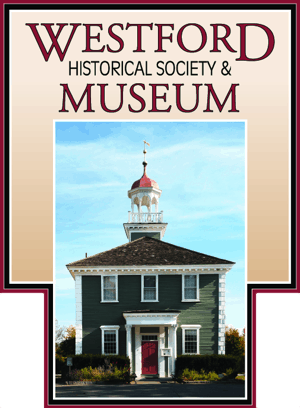Westford is unique to have more than one village. Many people outside of the community think that our villages are all separate towns when they look at a map.
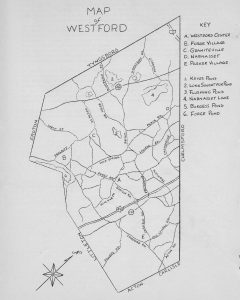
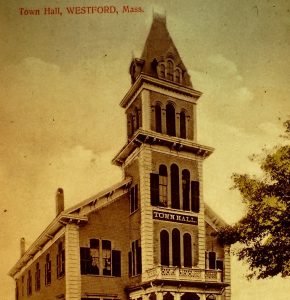
Center: Before the mills were built, Westford’s economy was tied to agriculture. Apples provided the main crop, but there was also big business in Paches, strawberries, black berries, raspberries, and other small fruit. Most farms were dairy far s a d almost all farms had orchards. Westford Center, a typical colonial village contained a general store, a church, and a blacksmith shop. These buildings were built around open “common” or “green” because everyone had their animals graze there. This area provided a place for people to gather to shop and worship.
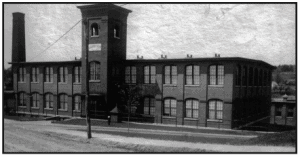
Forge Village: A forge is a shop where metal is heated, melted, and made malleable. An iron mine from Groton supplied Westford’s forges with iron. Westford’s forge shops made plows, pitchforks, and other farming tools. People who worked at the forge lived in neighborhoods clustered around the shop. This area eventually became known as Forge Village.
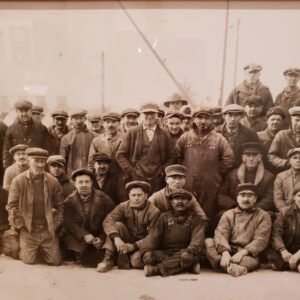
Graniteville: One of Westford’s most important businesses was granite quarrying. There were several granite quarries in town. Large loose boulders were hauled by teams of horses and oxen and loaded on trains to be taken to other places throughout New England. When you look at the pillars at Faneuil Hall Market Place or Concord’s Minute Man Statue you are looking at granite from Westford. Because people who worked in the quarry lived close by, it became known as Graniteville. Granite quarrying still exists in Westford. Fletcher Granite Company on Route 40 manufactures various granite products.
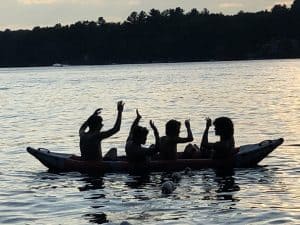
Nabnasset: The Nabnasset Area used to be called the “Brookside” section because of its location beside the Stony Brook. In 1924 when the government wanted to put a Post Office here, it was renamed Nabnasset after the lake. This occurred because there was already one post office near Worcester called Brookside. Nabnasset came from the Indian name Nabanussuck.
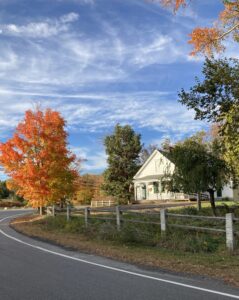
Parker Village: Parker Village was named after the Parker Family. The Parker family was large and many relatives had farms in that area of town. Ultimately due to the large number of the Parkers living close together, this area became known as Parker Village. Aaron and Addison Parker managed their farms and the brick kilns. A brick kiln is a heated enclosure used for processing and drying bricks.
Questions
In which village is your school?
In which village is your home?
In which village is Kimballs located?
Is there a baseball field in your village, if so which one?
In which village in the common located?
In which village is a lake?
